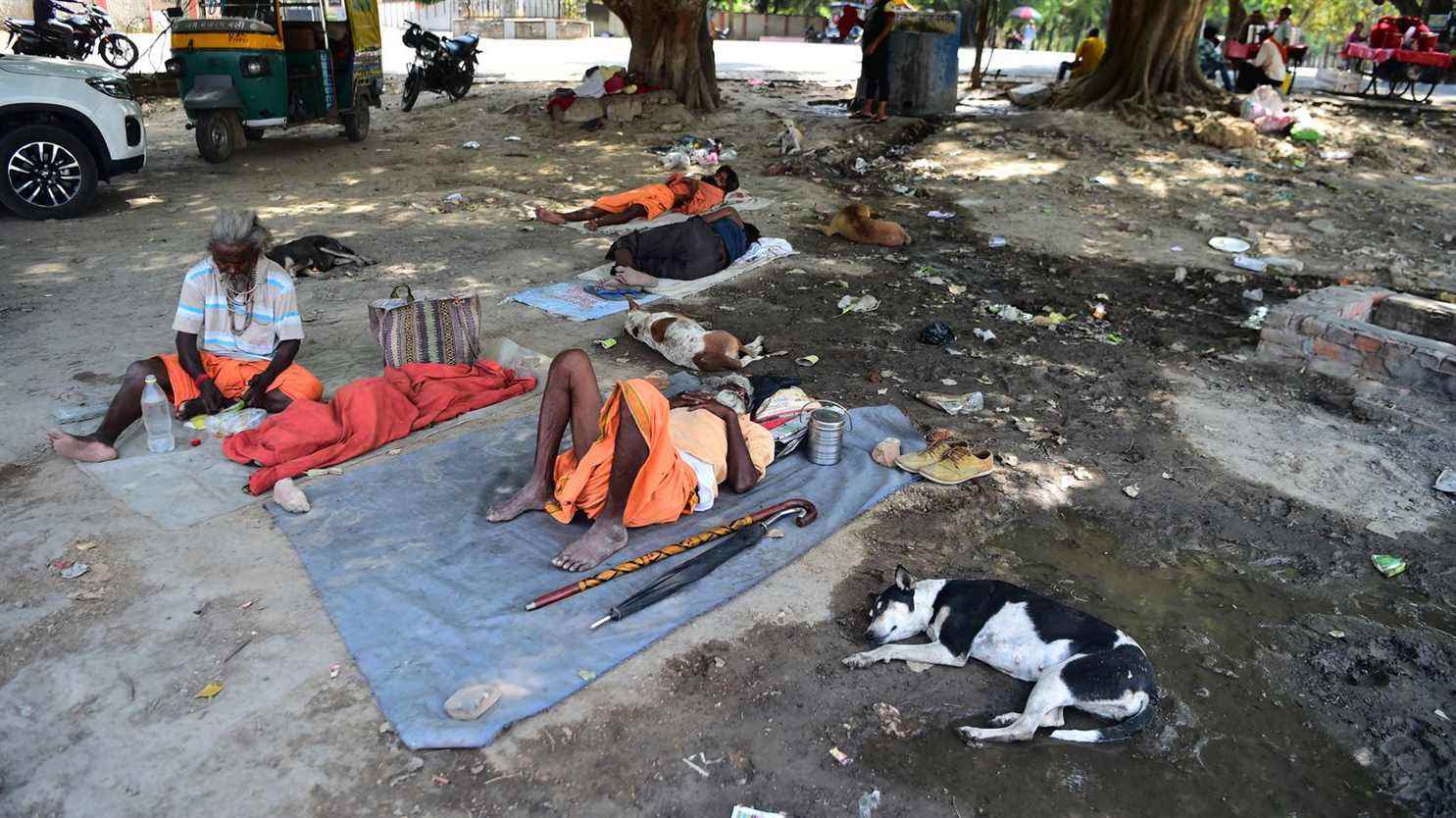Nearly 45 degrees in New Delhi are expected on Friday April 29, confirms franceinfo correspondent Sébastien Farcis, 48 degrees in neighboring Pakistan. And the thermometer will still climb. We are expecting up to 50 degrees in the next few days. Every year, this region, very populated, prepares to live in the furnace, but in June. Not in April. This year, summer seems to be two months ahead of schedule, with temperatures not reached since 1946.
|FURNACE – Northern India and Pakistan are affected by a violent heat wave which is expected to last until the beginning of May. Temperatures around 50°C are expected in some places (agencies). pic.twitter.com/6QuQK7L826
— The Globe (@TheGlobe_info) April 28, 2022
And there are important day-to-day consequences. Some EIndian states like Rajasthan had to impose power cuts on factories. Faced with never-stopping air conditioning systems, India surpassed its historic peak in electricity demand on Monday. The power plants are running at full speed, polluting and warming up the atmosphere a little more. The authorities are beginning to speak of a coal shortage.
The rain is non-existent and the water is starting to run out. Dramatic situation for the agricultural sector, in Punjab more than 20% of the wheat harvest went up in smoke. Last year, there were troubles because not everyone had access to the resource. It is of course the poorest who pay the highest price, those who work on the streets, live in slums transformed into sweatshops.

In India, it is so hot that even the garbage catches fire. For four days in Delhi, firefighters have been fighting the fire at the Bhalswa landfill, mountains of waste that reach 60 meters high, which is about the size of a 15 or 20-storey building. The heat and the dry air accelerate the decomposition of organic waste, it produces methane and the flames are born by themselves. The toxic smoke from the fire is so thick that it adds to air pollution. The megalopolis of 20 million inhabitants does not have sufficient infrastructure to process the tens of thousands of tons of waste it produces every day.
The picture is quite frightening and the worst is yet to come because this heat wave is not an accident, it is part of a lasting, inevitable global warming. In India, if you look at the trend over the past 40 years, each decade has been warmer than the previous one. In its latest report, the IPCC (the Intergovernmental Panel on Climate) estimates that the Indian subcontinent could live under this climate. “testing”, up to 250 days per year. 250 days where outdoor work becomes difficult, where living becomes a struggle. Some areas may become uninhabitable. And we have to hold out until the monsoon in June.
